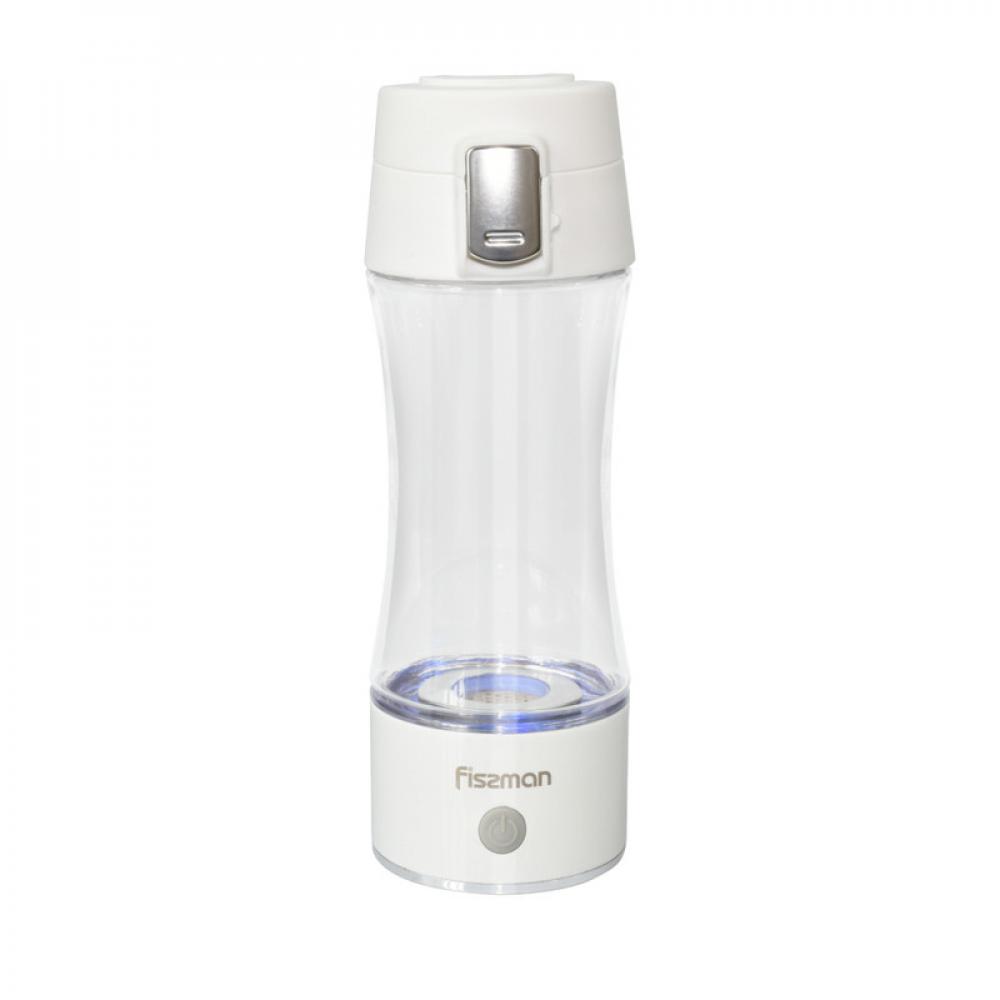Hydrogen-Powered Vehicle Systems : croft system
[ad_1]
Overview:
Design Studio Layer and Croft have come together to create the Croft system, a product line designed to retrofit vehicles to run on green hydrogen. The system includes the Nanoplant and nanocartridges, which are the first prototypes of the system. The focus of the Croft system is to create a blueprint for a green-hydrogen economy that is scalable and sustainable. Benjamin Hubert, the leader of the project, believes that hydrogen is a more efficient and practical energy storage solution than batteries, especially in situations where charging infrastructure is not reliable.
Introduction:
Climate change and an increasing demand for renewable energy sources have led to a global shift towards more environmentally friendly practices. The automotive industry has been at the forefront of this change, with various manufacturers releasing electric and hybrid cars. However, the power grid required to charge these vehicles is often unreliable, and batteries can be limiting in terms of storage capacity. The Croft System aims to solve these issues by retrofitting vehicles to run on green hydrogen.
What is the Croft System?
The Croft System is a product line created by Design Studio Layer and Croft, with the aim of retrofitting vehicles to run on green hydrogen. The system includes Nanoplant and nanocartridges, the first prototypes of the system. These products offer a practical and scalable solution for a green-hydrogen economy.
Nanoplant:
The Nanoplant is the first prototype of the Croft system. It is a hydrogen generator that uses water and electricity to create electrolysis. The process splits water into hydrogen and oxygen, which can then be stored in the nanocartridges for use as a fuel source. The Nanoplant looks similar to a large home battery and can be fitted into any vehicle.
Nanocartridges:
The nanocartridges are the storage units for hydrogen created by the Nanoplant. They store hydrogen under high pressure, making it a practical and efficient energy source for vehicles. Unlike batteries, which have limited storage capacity, these nanocartridges can provide vehicles with a longer range and faster refueling times.
Why is Hydrogen a Better Option Than Batteries?
Benjamin Hubert, the leader of the project, believes that hydrogen is a better option than batteries when it comes to energy storage solutions. Hydrogen stores significantly more energy in less space and with less weight than batteries. It is also much easier to use hydrogen in environments with weak grids or where charging is otherwise unavailable. Batteries are great to decarbonize smaller passenger vehicles that get used in gentle, predictable ways with access to good charging infrastructure.
FAQs:
1. How does the Nanoplant work?
The Nanoplant uses water and electricity to create electrolysis. The process splits water into hydrogen and oxygen, which can then be stored in the nanocartridges for use as a fuel source.
2. How are nanocartridges different from batteries?
Unlike batteries, which have limited storage capacity, these nanocartridges can provide vehicles with a longer range and faster refueling times.
3. Can the Croft System be fitted into any vehicle?
Yes, the Nanoplant and nanocartridges can be fitted into any vehicle.
4. Is hydrogen a more sustainable option than batteries?
Benjamin Hubert believes that hydrogen is a better option than batteries when it comes to energy storage solutions. Hydrogen stores significantly more energy in less space and with less weight than batteries.
5. Can the Croft System be used in environments with weak grids or where charging is otherwise unavailable?
Yes, hydrogen is much easier to use in environments with weak grids or where charging is otherwise unavailable.
Conclusion:
The Croft system is a practical and scalable solution for a green-hydrogen economy that can retrofit any vehicle. It uses Nanoplant and nanocartridges to store hydrogen under high pressure, making it a practical and efficient energy source for vehicles. Unlike batteries, which have limited storage capacity, these nanocartridges can provide vehicles with a longer range and faster refueling times. Additionally, hydrogen is much easier to use in environments with weak grids or where charging is otherwise unavailable, making it a more sustainable option than batteries.
[ad_2]









